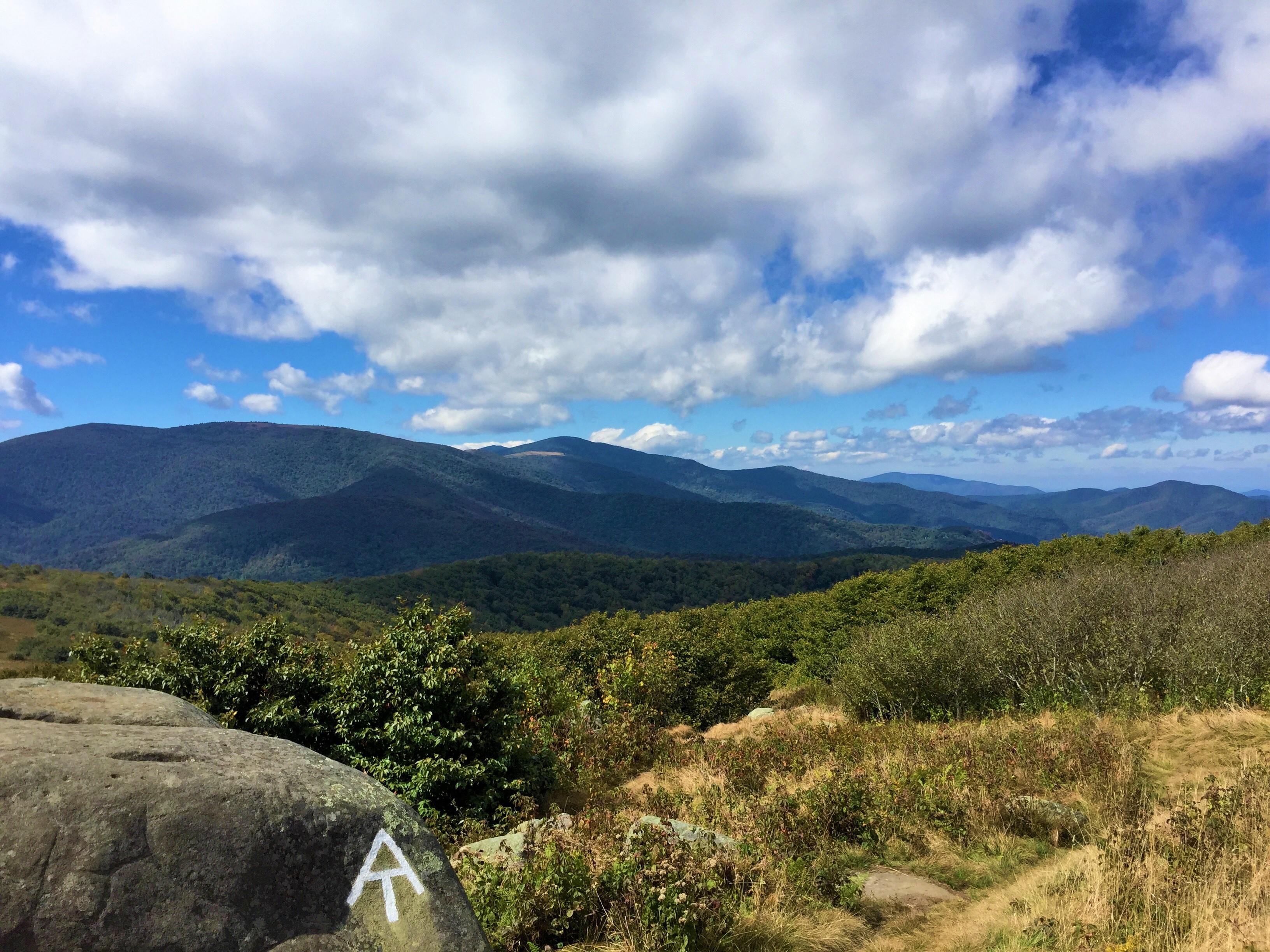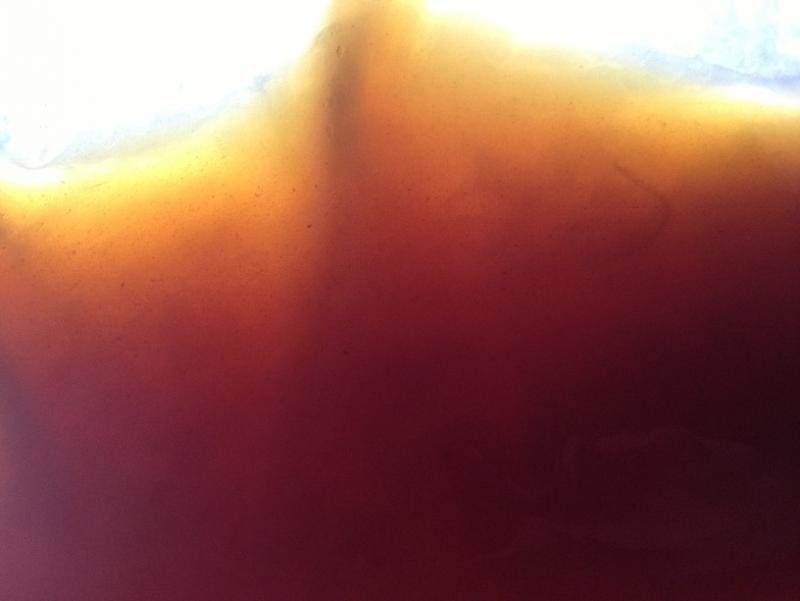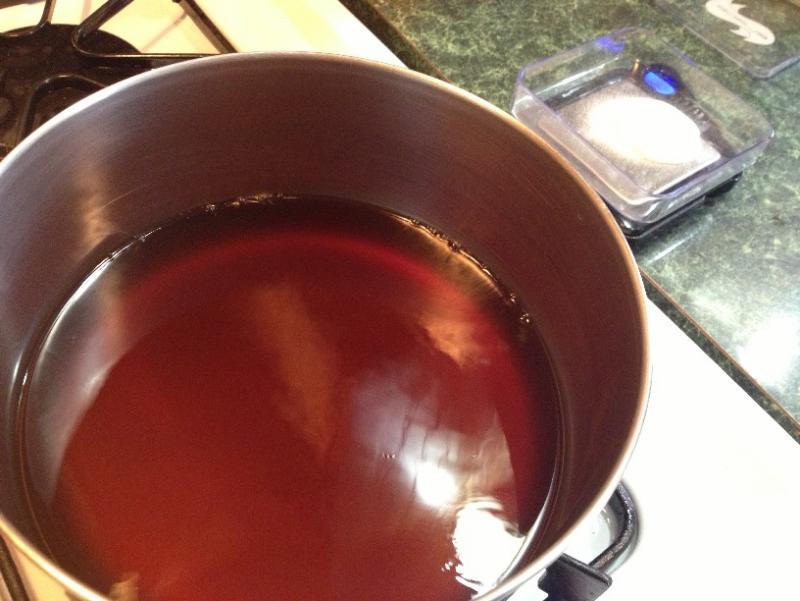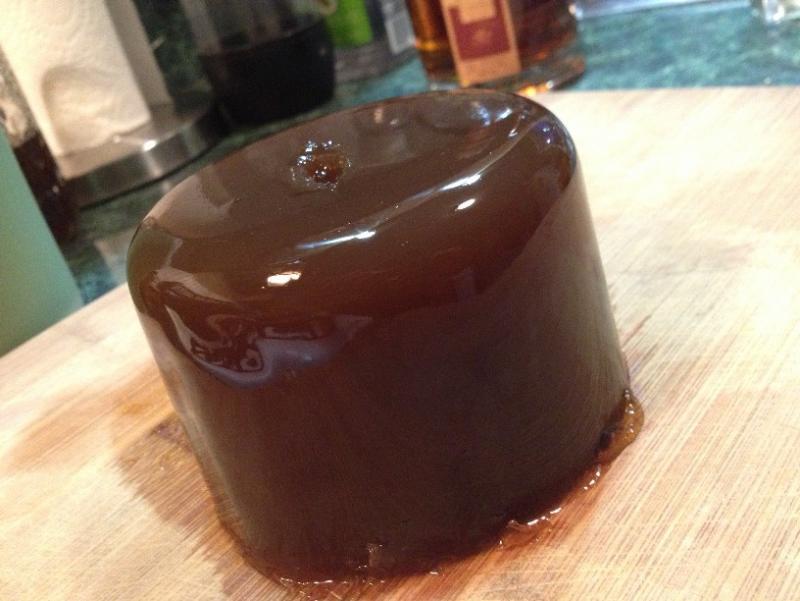-
Posts
1,807 -
Joined
-
Last visited
Content Type
Profiles
Forums
Store
Help Articles
Everything posted by btbyrd
-
The purpose of blending was to turn the gel into a fluid gel, something that behaves like a gel when it's sitting still but will still pour like a fluid when subjected to shear forces. It's not just a thickened liquid, but one thickened in a particular way that gives it different properties. Ketchup is a common example of a fluid gel... it sits in the bottle as though it were a set gel until you smack or shake the bottle and it begins to pour. ChefSteps.com has a great class on fluid gels but it's behind a paywall. But they have a bunch of videos on YouTube that you can view for free (as well as recipes on their website). Here's a video on how to make an orange fluid gel using low acyl gellan (Kelcogel F) and xanthan. And here's a beetroot fluid gel recipe: They've got other fluid gel recipes if you search on YouTube or their website. Pretty fun to play around with. Gellan has a better mouth feel and flavor release than agar, and it has a more neutral inherent flavor. I didn't use xanthan by itself because I find that to thicken the liquid to the thickness I prefer, it turns things snotty and has an unpleasant texture.
-
BBQ is ambiguous, so it's no surprise that there's so much disagreement about what really qualifies. Barbeque can refer to: 1) an event - "Hey! We're having a barbeque at my house this weekend, and you're invited!" 2) a cooking implement / grill - "Let's throw another shrimp on the barbeque" 3) a cooking method involving smoke and low heat - "Let's barbeque this pork shoulder". This is distinct from grilling. 4) or the product of the cooking method involving smoke and low heat "Let's eat some barbeque." 5) a style of sauce that can be applied to grilled, baked, fried, or barbequed foods "No honey mustard with my McNuggets -- I'll have barbeque please." There are probably even more meanings for the term than these. People like to get pedantic and correct everyone about what is and is not barbeque, and given that most people don't bother to use language with precision, this leads to lots of unnecessary arguments. It does irk me when people refer to grilling as barbequing, but the people who do this are also not likely to ever own or use a smoker, so I just leave it alone and move on with my life.
-
Though I haven't tried to caramelize onions themselves in a circulator, I have used one to create a caramelized onion water (and subsequent fluid gel) that I used for a final dish. I cut a bag of white onions very thin using a mandoline and then sealed it under high pressure with nothing else. Then I cooked the onions at 85C for 96 hours. The onions started out white, were yellow on day 2, brownish on day 3, and deep brown by the end. Here's the bag after 96 hours. All the liquid in there is from the onions themselves. I strained the liquid at this point. The onions were pretty much spent. I thought about trying to dehydrate them, but they had given up all of their flavor to the liquid. I moved the water to a pot on the stove, brought it to a boil, and added 1% of its weight in salt and agar agar. I transferred the liquid to a container and let it set up in the fridge. After a few minutes, I had this: Then I blended it up and transferred it to a squeeze bottle. The resulting fluid gel had the texture of ketchup but tasted like really intense French onion soup. It's great on a grilled cheese. Here's the dish I made it for --- hangar steak (SV -> grill sear) with SV braised daikon and baby bock choy, SV enoki mushrooms, onion fluid gel, and sesame seeds. It's a fun condiment. I'd use gellan next time rather than agar, but otherwise I'd make no changes... though I might try adding some sliced garlic next time. If I was just trying to caramelize onions for soup, I'd still use the stovetop. It's faster and I think the texture would probably be better.
-
Ah. The post you quoted only mentioned Ziplocs, Foodsaver/SV bags, and "venting bags" (whatever those are). Retort pouches are different from any of these, as they're not made of (just) plastic, and they don't vent.
-
I'd advise against cooking in plastic in the oven for precisely the reasons dcarch mentions. Oven thermostats are notoriously inaccurate. But even if they're accurate, they are mostly "bang bang" varieties, where the thermostat "bangs" on when the temp gets too low and "bangs" off when it gets too high. The swing in between can be 20 or 30 degrees (or more), and even in a combi oven it can be 10 degrees or so. Unless you're cooking at super low temps (150-180) I wouldn't cook in plastic, and most ovens don't even go that low. Even if they do, they're probably not accurate. So use turkey bags, retort pouches, or parchment instead. You need a retort pouch to cook in a pressure cooker.
-
You could use a retort pouch, but they're more expensive and much harder to seal. But generally, you don't want to use sous vide bags unless you're working in something like a combi oven.
-
Anyone tried rehydrating in a flavorful liquid rather than water? I wonder how a freeze dried burger or steak that's rehydrated in demi glace would taste.
-
All good reasons for trying SV! I can sympathize with your first point... my wife is not happy when things are undercooked either, so I always cook hers in the bath beforehand while just grilling my own. And the timing element is definitely a bonus... having the ability to concentrate on other things and know that you've got a bit of a window for your steak is very nice. I hate when I get the steak just right and then have to rush to get everything together while it's resting (no resting required with SV!). Unfortunately, I don't think that low-temp cooking is going to significantly soften the tendon that's in the loin end of the ribeye. The good news is that your steak will still be delicious; you just might have to nibble around the gristley bit.
-
If the last time you used bacon was 16 months ago, I dare say that you don't love bacon. Joking aside, I wouldn't attempt to freeze anything for 16 months and expect it to still be quality. That's especially true for bacon, which, as others have mentioned, is prone to rancidity. From a study: "Bacon slices were rated lower in flavor acceptability after 112 days of storage in all wraps compared to storage for shorter intervals. Bacon slices were generally rated as unacceptable in flavor after 112 days of storage. ... The flavor of bacon slices was rated as significantly more rancid after 112 days of storage (all wraps) than bacon stored for shorter periods." - Mandigo and Osburn, "Cured and Processed Meats" in Freezing Effects on Food Quality (ed. Lester Jeremiah) These findings were based on bacon stored at -30C, which is probably colder than your home freezer.
-
No, Baldwin is right. Storage temperature matters, but not that much for practical purposes. Obviously, you'll want to keep your fridge temp low, but so long as it's reasonably cold in there you can pull off a month of storage on a pasteurized meat product with no worries. Again, that's only under vacuum. Improvised Ziploc methods don't get you that sort of holding time, but I haven't seen any studies trying to test it. However, many of the sous vide studies I've seen mention that bags sealed under lighter vacuums (which might be used to preserve the appearance of the product) were prone to spoil much faster.
-
Export your cookbook as a Word document or export individual recipes as HTML files?
-
If I'm going to eat an whole ribeye or strip steak (and not cut it into strips for pretentious plating, which I sometimes do) I've found that I prefer straight grilling over sous vide. Your preferences may vary. I don't have the same view of cooking the same cuts from a pig, however. I've cooked plenty of steaks sous vide and have experimented with lots of techniques for searing/pre-searing. My favorite method has been a quick deep-fry pre-sear in 400F (or higher) oil, cook SV with a bit of butter, and finish on a screaming hot grill while dousing the grates occasionally with the bag juices (it will flame up like crazy). If you do it right, the results are very nice and consistently repeatable. I'm just starting to get the hang of the Searzall for these purposes. Anyway, pre-searing is highly recommended. In my experience, it makes a real difference in how quickly you can get a good crust during the final sear. I don't chill the steak before the final searing, but I do pat it dry and set it on a rack for a few minutes so that the surface moisture evaporates. Then brush with oil/butter and sear away. Anyway, what people like is a matter of taste... and sometimes just a matter of mood. Speaking for myself, sometimes I want that "perfect" edge-to-edge uniform doneness. But sometimes what I really want is that "perfect" steak that has a beautiful thermal gradient down to a warm, red center. Whatever you end up preferring, you should still cook a bunch of steaks sous vide to get familiar with the techniques and their results.
-
You don't get the extended storage benefits with Ziplocs alone. To store something for weeks on end, you need a stronger vacuum and to pasteurize to core. With Ziplocs I wouldn't push it longer than a week, and I wouldn't cook-chill beef (which, in my experience, develops "warmed over flavor" if stored in a Ziploc). If you're going to store, be sure that you follow the proper chilling procedures (use an ice bath) and pasteurize. And only store individual portions - or enough that you'd use in a single meal if you're cooking for more than one - so that you're not opening and closing a Ziploc to get food out all week long.
-
I sort of can't wait for my Cuisinart immersion blender to die so I can replace it with a Bamix. But the Cuisinart has been going strong for six years, so that day might not be coming soon. It was one of those appliances I registered for when I got married, but before I got insane about cooking and kitchen gadgets. It does a good job for my purposes, but it's not quite the beast that the Bamix is. This is similar to my experience with my Kitchenaid blender, which was the Cook's Illustrated best buy at the time. But now I'm itching to replace it with a Waring Xtreme blender. I guess the moral of this story is go big when you buy blenders.
-
One thing I like about my Cuisinart stick blender is that it has a mini food processor attachment. I never thought I'd use it when I got it, but I actually use it relatively frequently. For example, I really _really_ hate chopping garlic. I love garlic, I just hate working with it. Whenever I have to chop a head or two of garlic (e.g. kimchi) I break that thing out and blitz the cloves in seconds. No smelly hands, no sticky knives, no gross cutting board. It's nice for mincing ginger as well.
-
Rapid infusion is a different iSi technique than pressure pickling. From the Cooking Issues blog post I linked to:
-
If you have a whipping siphon, you can do pressure infusion. That's the closest thing to vacuum compression that's not actually vacuum compression. Otherwise, I'd just marinate the fruit in the wine. Using an edge sealer isn't going to do anything for you.
-
I run it wide open.
-
Since nobody's mentioned it yet, Booker and Dax set up a forum for Searzall users to ask questions and share their experiences: http://searzallforum.freeforums.net/
-
When you do the initial seasoning, you're burning off the binder they use on the insulation and that's why the flames are larger than during normal use. After seasoning, it's common for the screen to bulge outward a bit rather than being completely flat.
-
I was just about to say that. Trussing only exacerbates the problem if you're tying the legs close to the bird. The technique in the video trusses the legs together, but the bird is hung by the legs while roasting, which spreads them out and allows them to cook faster than if they were snuggled up to the white meat. Given that the white meat is thicker than the legs, I wouldn't be surprised if the dark meat's core temperature was 5-7 degrees higher than the breasts.
-
This is why I'm grateful to have an electric kettle to boil water -- it's faster than my stove and there's no risk of explosions.
-
I misunderstood the setup... I was thinking that clear water turned murky for a moment after you put the spoon in, but before it exploded.
-
It happens because there are no nucleation sites in the container for bubbles to form and the water to convert to gas. When you stick something in the water, all of a sudden it's possible for bubbles to form (and they do en masse). The glass probably looks murky because there are thousands of tiny bubbles suspended in it.








